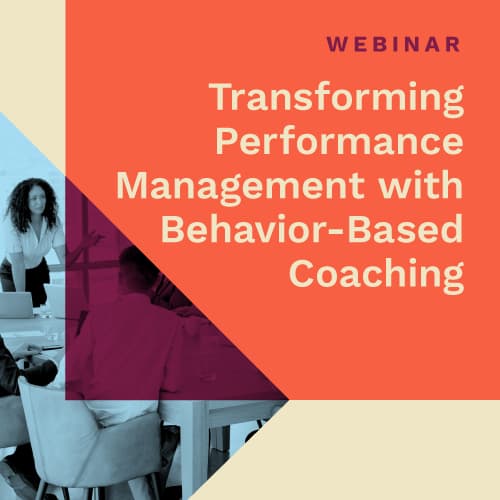The average person in the American workforce checks their phone 150 times a day.
Why?
We’re inundated with text message, and push notifications from email, LinkedIn, and more. We’re always being informed and want to know what’s going on, but this era of constant communication can be tolling. We’re expected to reply within minutes to everyone reaching out to us, and we expect the same thing back.
But how is this sustainable? How can we expect to get things done when we’re constantly interrupted by all of this noise? Even more, how are we expected to craft meaningful responses to 40 different people in a mere 24 hours? Being able to more effectively communicate with others and manage the amount of time you spend replying to emails is an important way to improve productivity throughout the day.
While it may come as a challenge, there are many benefits to slowing down online, disconnecting, and not being held hostage by a handheld device all hours of the day. It won’t be easy, but nothing worthwhile is, right? So how can you continue to thrive in this era of constant communication without feeling anxious or behind if you decide to take a social media or email breather throughout the day?
Here are a few tips on how to slow down, but keep up, during this era of constant communication.
Don't Feel Guilty for Taking Your Time to Reply
Accepting that it’s okay to not quickly respond to every email and message right away is an important first step. It’s okay to take a few hours before replying to a LinkedIn notification. It’s also okay to set the expectation that you’ll answer emails and messages as quickly as necessary, not as quickly as possible. This doesn’t mean ignoring everyone and having an excuse for not communicating with your manager. However, it does mean that there’s no reason for people to feel held captive by personal electronic devices and push notifications in the middle of an important meeting or, even worse, at the dinner table.
Choose the Most Appropriate Form of Workplace Communication
While emails, text messages, and platforms that facilitate communication within the workplace are very useful, this is not always the case. Sometimes a phone call or meeting is more productive and timely than going back and forth via email for several hours on and off. While scheduling a quick meeting may appear to take more preparation time, there is a lot of value in being able to directly converse with someone face to face, especially for more important and personal matters. When talking about non-transactional issues, a phone call or meeting will allow you get to the point or answer more quickly because people can immediately and effectively receive the message. Of the different types of communication, when discussing feelings or attitude, literal words may only account for less than 10% of the message received by the listener. Albert Mehrabian's Rule of Personal Communication shows that of the total message received:
- Words account for 7%
- Tone of Voice accounts for 38%
- Body Language accounts for 55%
Before replying with a quick email response, ask yourself if it is the fastest way to get the actual message to the receiver, not just a response.
Improve Productivity by Listening to Hear, Not to Reply
“Listen to hear, not to reply.” This valuable saying rings very true for many, if not all of us. We need to start listening to people and hearing what they have to say, instead of thinking about what we are going to say next. We’ve been wired to think about the next step, but it's a lot more productive to be in the moment and truly hearing what someone has to say, before you try and respond to them. This way, you can understand the person’s situation, and then help them move forward. Listen to hear, not to reply. Stop for a second and remind yourself to listen to understand someone and not just check them off your “reply to” list and move on to the next message. Workplace communication is not only about communicating, it is about listening.
Disconnect to Better Connect
There is great value in disconnecting from your phone and computer and instead turning to the people and world that are around us. Yes, some communication must be performed by transactional emails or text messages, but we as humans are wired to need more than that. Some people have more or less social energy than others, but as human beings we need connection – real connection. Whether inside or outside of work, we need connection with our family, friends, and nature. When we are too busy on our phones we don’t have time to allows ourselves to recharge. Disconnect from notifications and electronic devices to better connect in the ways we need and in ways that allow us to recharge.
Set Expectations, Not Excuses
All this said, workplace communication is a must, but putting our work and lives on hold to quickly respond to an email or check someone’s updated profile on LinkedIn is not! If something is urgent of course you will reply ASAP. Set the expectation with others that you will reply to them in an appropriate and timely matter. It may not be instantaneous, but that’s okay!
Reaching Further:
The Birkman Method® is a behavioral and occupational assessment that reaches into many aspects of personality, one of them being the way in which people communicate to others, and the way they want to be communicated with. Knowing if someone prefers to be communicated with in a direct, straightforward fashion, or if they prefer a more sensitive and indirect approach is another way to improve communication effectiveness. And remember, just because someone is forceful in their tone doesn’t mean that they want to be communicated with in that way.

